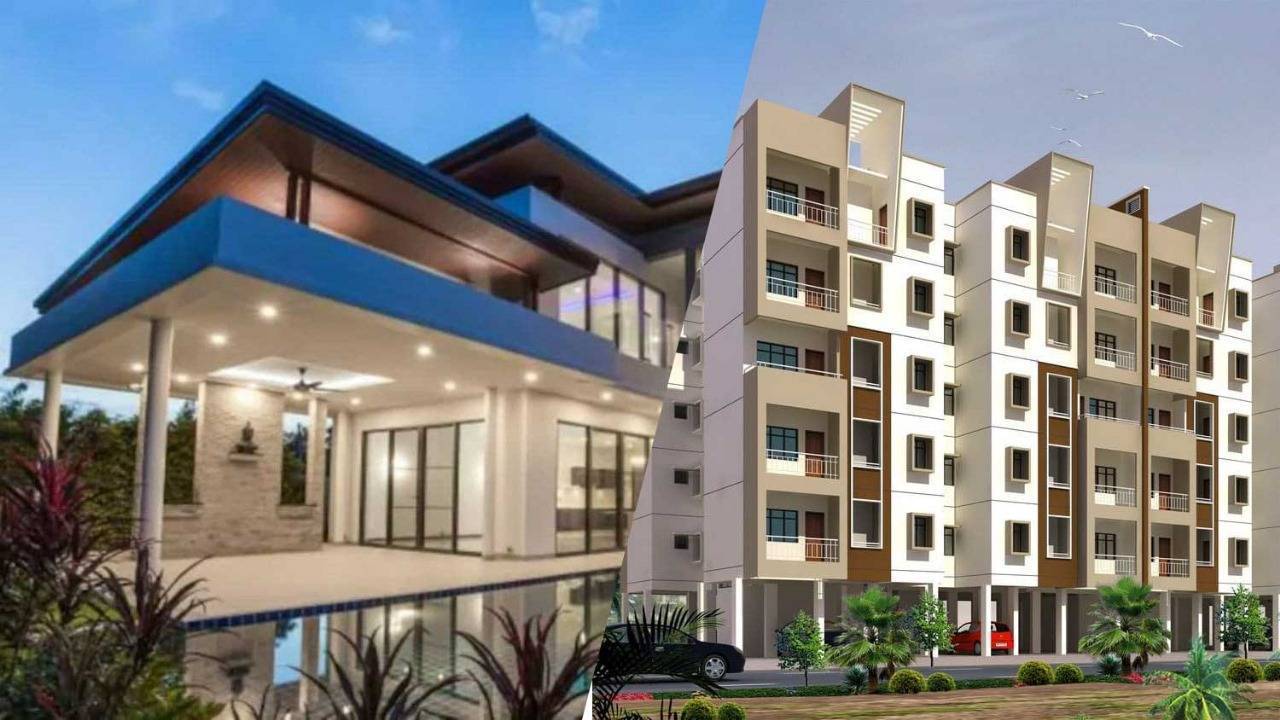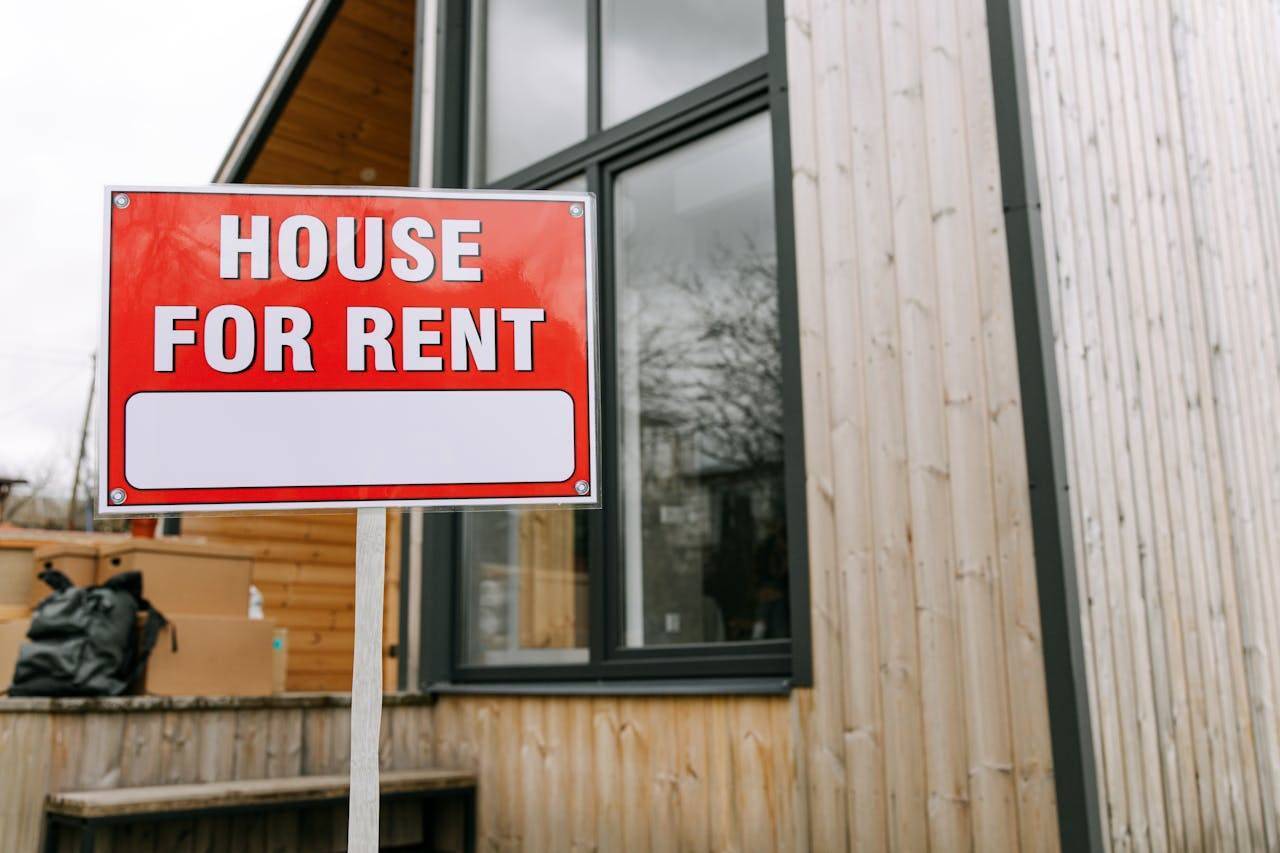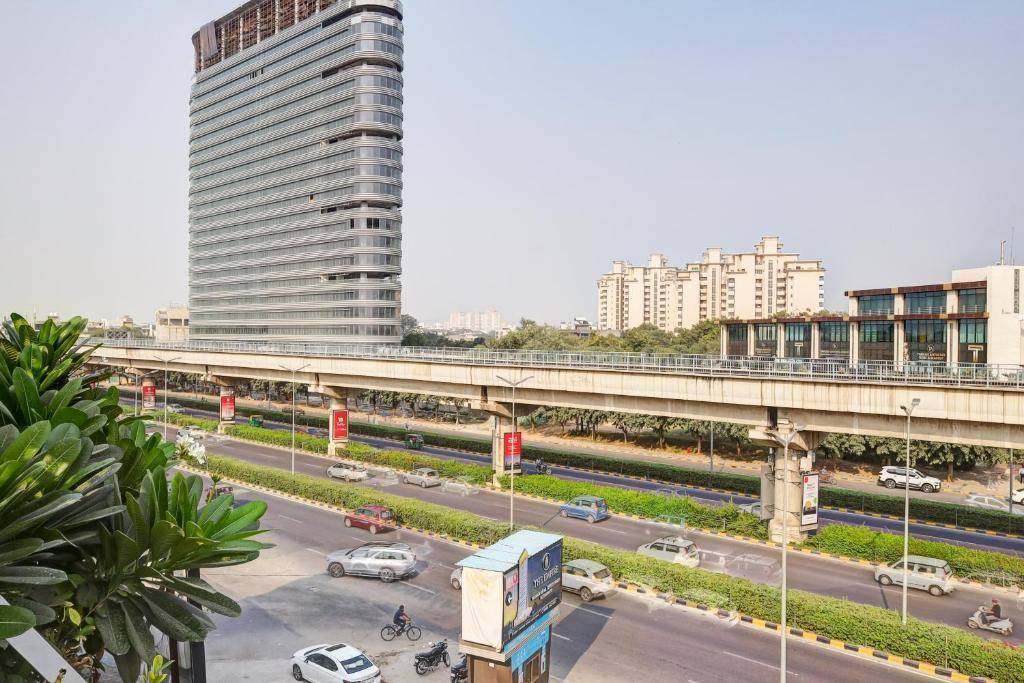The real estate sector in India is shaped by economic variables, governmental regulations, and evolving consumer demands. Recently, a striking trend has emerged, highlighting the diverging paths of luxury and affordable housing segments. Let's explore the insights provided by Anarock to uncover the driving forces behind these contrasting dynamics.
The real estate sector in India is a dynamic landscape influenced by various factors, including economic conditions, government policies, and shifting consumer preferences. One of the notable trends in recent years has been the contrasting trajectories of luxury and affordable housing segments. Let's delve deeper into the data shared by Anarock and analyze the underlying factors driving these trends.
Surge in Luxury Housing Sales
Luxury housing, typically defined as properties priced above ₹1.5 crore, has experienced a significant surge in demand over the past five years. According to Anarock's data, the share of luxury housing sales has jumped from a mere 7% to an impressive 21%. This surge can be attributed to several factors contributing to the appeal of high-end properties among affluent buyers.
One driving force behind the surge in luxury housing sales is the increasing demand for spacious and premium residences. Affluent buyers are often drawn to properties that offer not only luxurious amenities but also exclusivity and prestige. Branded developers have capitalized on this demand by focusing on creating upscale residential enclaves that cater to the discerning tastes of luxury homebuyers.
Moreover, the surge in luxury housing sales is not limited to a specific city but is evident across major metropolitan areas like Delhi-NCR, Mumbai, Bengaluru, and Hyderabad. These cities have witnessed a notable increase in the number of high-end residential projects, indicating a robust demand for luxury living spaces.
Challenges Facing Affordable Housing
In stark contrast to the surge in luxury housing sales, the affordable housing segment has encountered challenges and seen a decline in market share. Affordable housing, typically targeted at buyers with limited budgets, has witnessed a sharp drop in market share, plummeting from 37% to 20% over the same five-year period.
Several factors contribute to the challenges facing affordable housing in India. Limited availability of land parcels in prime locations, coupled with rising construction costs and regulatory hurdles, has hampered the supply of affordable housing units. Additionally, the economic impact of the COVID-19 pandemic has exacerbated existing challenges, leading to a slowdown in affordable housing projects and dampened consumer demand.
Government Initiatives and Policy Interventions
To address the challenges facing the affordable housing segment, the government has introduced various initiatives and policy interventions. The Pradhan Mantri Awas Yojana (PMAY), for instance, aims to provide affordable housing to economically weaker sections of society through subsidies and incentives for both developers and buyers. Regulatory reforms such as the Real Estate (Regulation and Development) Act (RERA) have also been introduced to enhance transparency, accountability, and consumer protection in the real estate sector.
Despite these efforts, revitalizing the affordable housing segment remains a complex task that requires sustained collaboration between government agencies, developers, and financial institutions. Innovative financing mechanisms, tax incentives, and streamlined approval processes are some of the measures that can help stimulate investment in affordable housing projects and make homeownership more accessible to a wider segment of the population.
Future Outlook and Opportunities
Looking ahead, the real estate sector in India presents both challenges and opportunities. While luxury housing continues to thrive, addressing the housing needs of the middle and lower-income segments remains a priority. By leveraging technology, adopting sustainable practices, and fostering public-private partnerships, stakeholders can work towards creating inclusive housing solutions that cater to diverse socioeconomic groups.
India's real estate market reflects a complex interplay of market forces, consumer preferences, and policy interventions. By addressing the challenges facing affordable housing and promoting sustainable growth, the industry can contribute to India's socioeconomic development and inclusive prosperity.









.png)